Introduction
The UP ARO/RO Exam (Assistant Review Officer / Review Officer) conducted by UPPSC is not just about books and static subjects like History, Polity, or Hindi Grammar. A major portion of the exam — especially in Prelims (GS + Current Affairs) and Mains (Essay, General Studies, Drafting) — depends on how well you are updated with current events.
The best way to stay updated is through newspaper reading. However, most aspirants either spend too much time on irrelevant news or fail to connect news with the syllabus. In this article, we’ll learn the right way to read newspapers for UP ARO/RO, which newspapers to choose, how to make notes, and how to integrate newspaper reading into daily preparation.
1. Importance of Newspaper Reading for UP ARO/RO
Thus, daily newspaper reading is a non-negotiable part of ARO/RO preparation.
2. Which Newspapers to Read?
Not every newspaper is equally useful. The choice depends on exam requirements.
Rule: Read one English/Hindi newspaper + one state-specific paper for complete coverage.
3. What to Focus on in Newspapers?
Not everything in newspapers is exam-relevant. Skip crime stories, gossip, sports trivia (except Olympics, Asian Games, important achievements). Focus on:
4. How to Read Newspapers Effectively?
Step 1 – Skim First: In 5–10 minutes, identify exam-relevant news.
Step 2 – Read in Detail: Focus on topics related to polity, economy, international relations, state government schemes.
Step 3 – Make Notes: Use short bullet points, flowcharts, and headings.
Step 4 – Revise Weekly: Revise your notes every Sunday.
Total time: 60–90 minutes daily.
5. Note-Making Strategy
Many aspirants underline news but never revise. The best way is structured notes:
Example:
News: "UP Govt launches Mukhyamantri Kanya Sumangala Yojana."
Note: Welfare scheme – girl child empowerment – financial assistance – eligibility, benefits – UPSC/UPPCS/ARO relevant.
6. Subject-Wise Approach
a. Polity & Governance
b. Economy
c. Environment & Ecology
d. Science & Technology
e. State-Specific (Uttar Pradesh)
7. How to Use Newspaper Reading in Different Stages
Prelims:
Mains:
Interview:
8. Common Mistakes Aspirants Make
Solution: Stick to one national + one UP newspaper + PIB/Yojana.
9. Smart Tips for Newspaper Reading
10. Suggested Daily Newspaper Routine
Total = ~1.5 hours daily.
Notes Making: 15 minutes.
Editorials/Opinions: 20 minutes – underline key facts.
UP Specific Paper (Amar Ujala/Hindustan): 20 minutes.
National Paper (The Hindu/Indian Express): 45 minutes.
Revise monthly with compilations (Vision IAS, Drishti IAS, UP-specific magazines).
Relate news to syllabus – e.g., Farmers’ Bill → Polity + Economy + Current Affairs.
Discuss news in group study sessions.
Use sticky notes/flashcards for schemes.
Highlight keywords, not full paragraphs.
Following too many newspapers at once.
Skipping revision of notes.
Not connecting current affairs with static syllabus.
Reading irrelevant political debates.
Spending 3–4 hours daily on newspapers.
Be ready to answer questions about UP’s economy, culture, and recent events.
Read last 3–4 months’ newspapers thoroughly.
Use data and facts in Essay & GS papers.
Quote schemes, judgments, and examples.
Use editorials to improve analysis.
Revise monthly notes before exam.
Focus on facts, schemes, locations.
Important locations, personalities, awards.
UP Budget, state schemes, cultural festivals.
Note application in governance.
ISRO, DRDO, Digital India, AI, biotechnology.
Connect with UP-specific environment issues.
Ramsar sites, National Parks, Climate Summits.
Understand with basics of NCERT + Ramesh Singh.
Focus on RBI updates, GDP trends, government economic packages.
Note key provisions, implications, criticisms.
Read about new bills, amendments, SC/HC judgments.
Monthly Compilation: At the end of each month, revise and compile notes for Prelims & Mains.
Notebook Method: Divide register into sections (History, Polity, Economy, Current Affairs, Miscellaneous).
Digital Notes: Use OneNote, Evernote, or Google Docs. Categorize notes by subjects (Polity, Economy, Environment, State-specific).
Editorials & Opinions: Useful for essays and answer writing.
Science & Tech: New inventions, ISRO missions, digital initiatives.
Environment: Climate change, Ramsar sites, wildlife reserves, environmental policies.
Economy: Budget, Economic Survey, RBI policy, new initiatives.
State News (UP): Government schemes, policies, development projects, cultural events, appointments.
International News: Relations with neighboring countries, global summits, UN, WTO, IMF events.
National News: Government schemes, bills, constitutional amendments, judiciary judgments.
Government Sources: PIB (Press Information Bureau), Yojana, Kurukshetra, UP Government magazines for schemes & policies.
For Uttar Pradesh Specific News: Amar Ujala or the UP edition of Hindustan.
For Hindi Medium Students: Dainik Jagran (National Edition), Hindustan, Navbharat Times.
For National & International Affairs: The Hindu or Indian Express (English medium students).
Interview Preparation: Newspaper knowledge reflects awareness, confidence, and personality.
Drafting & Hindi Papers: Reading helps in structuring content, framing arguments, and improving comprehension.
Essay & Answer Writing in Mains: Newspapers improve vocabulary, language, and content. Example-based answers always score higher.
Current Affairs in Prelims: Around 15–20 questions directly come from current events — national, international, state-specific.

Lakshya IAS
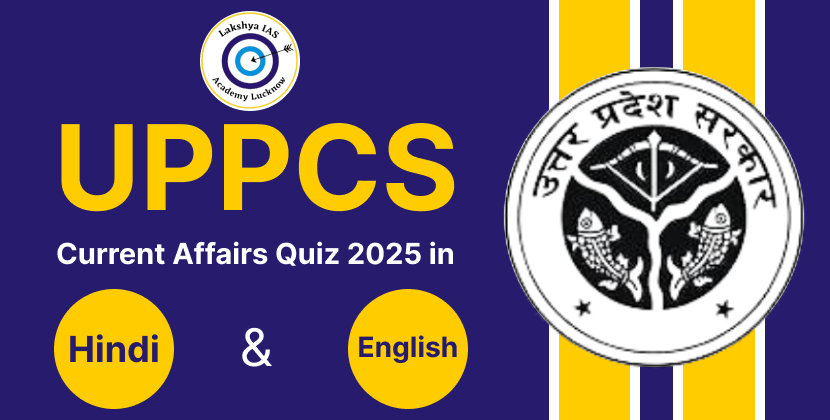
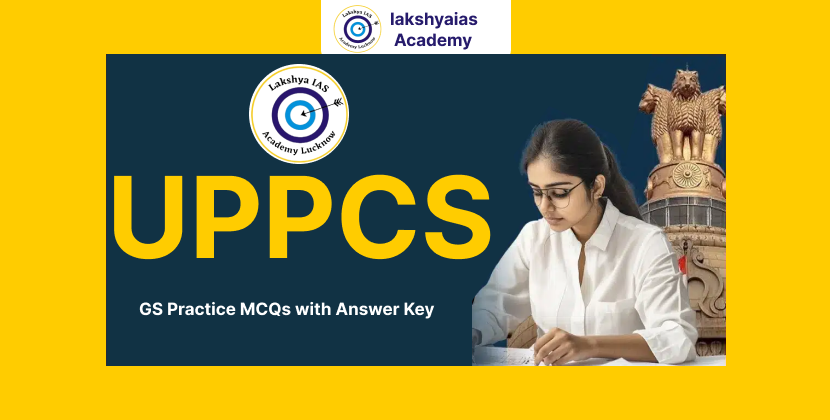
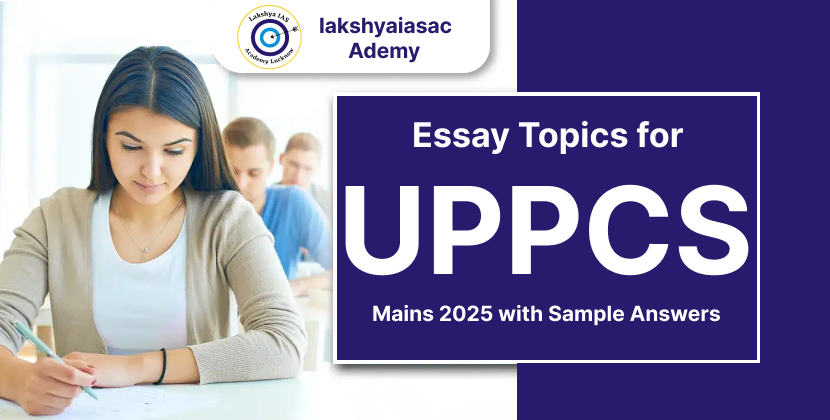
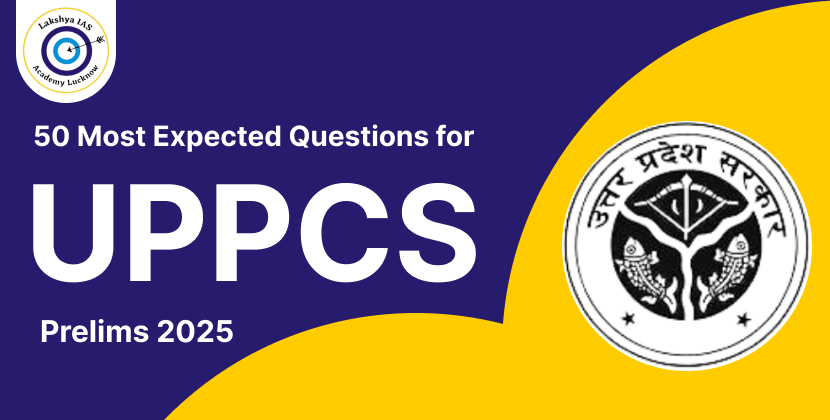
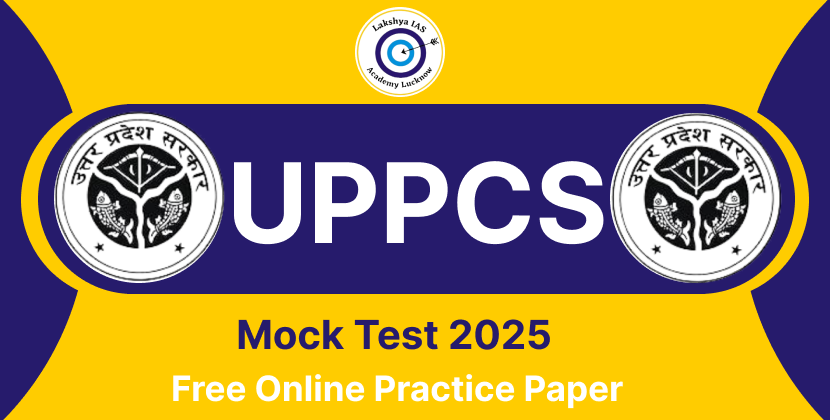
.png)
.png)
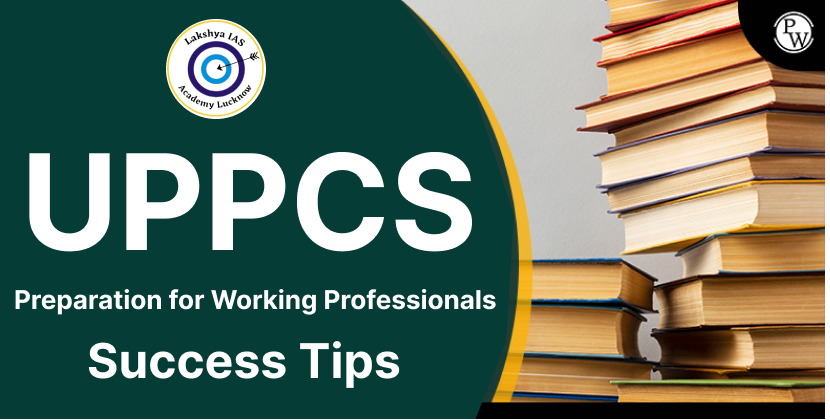
.png)
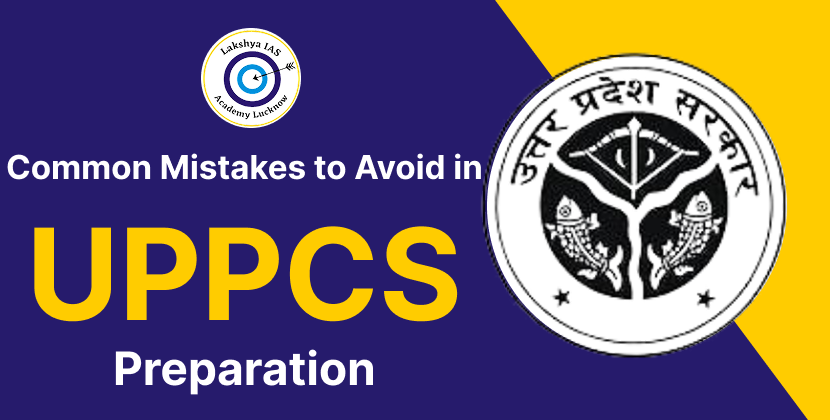
Leave a Comment